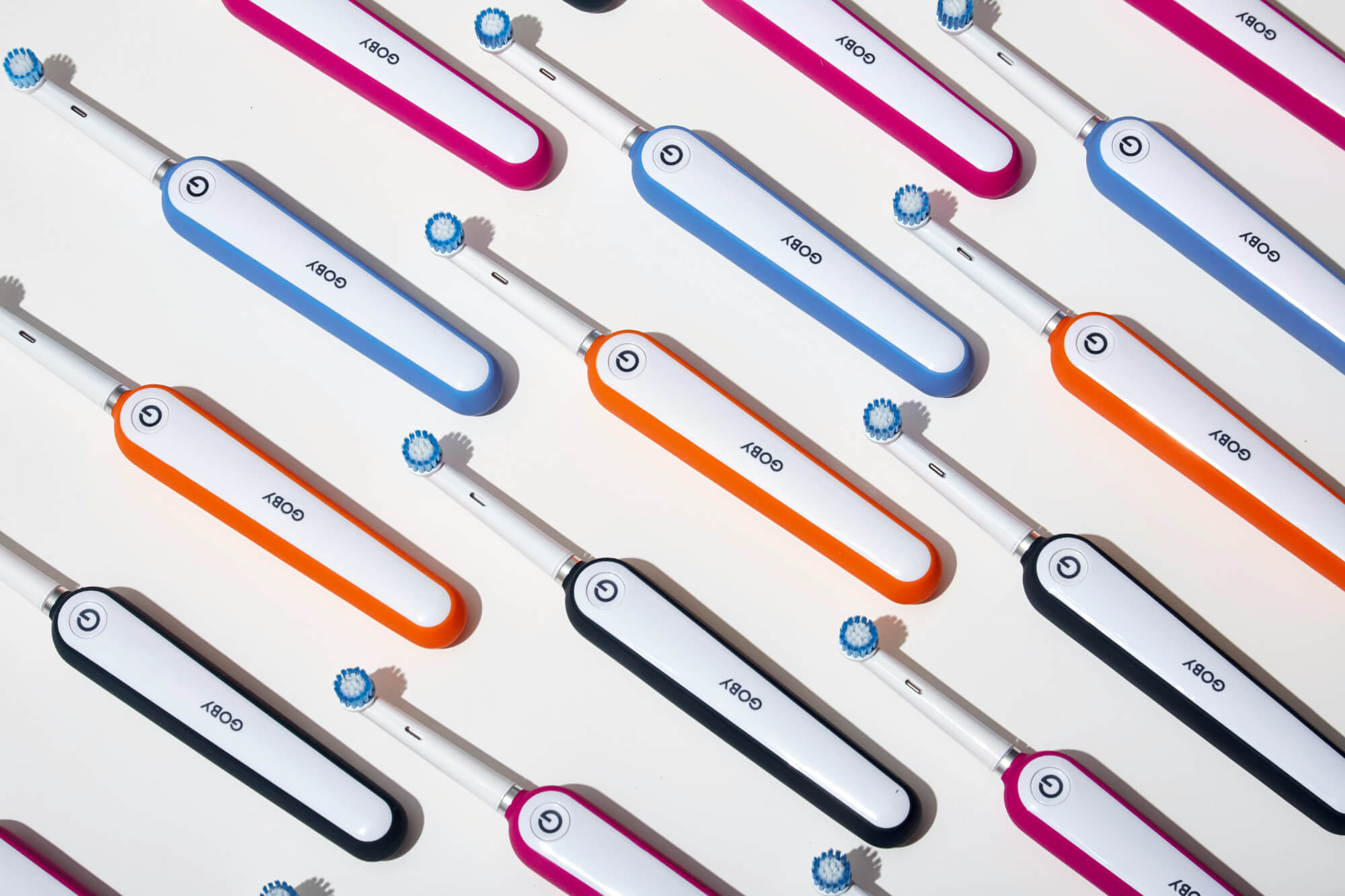
dental / October 12th 2024
Choosing between an electric toothbrush and a manual toothbrush might seem straightforward, but with growing options in the market and varying oral health needs, the decision can become confusing. Understanding the key differences between an electric toothbrush and a manual toothbrush can help you make an informed choice about which is best for your dental hygiene. This article explores the pros, cons, and key factors that differentiate the two, allowing you to decide which fits your oral care routine better.
1. Cleaning Efficiency
The primary purpose of any toothbrush is to remove plaque and prevent cavities, gum disease, and other oral health issues. The cleaning efficiency of a toothbrush largely depends on its ability to remove plaque effectively.
Electric Toothbrush:
Electric toothbrushes are designed to provide more consistent and powerful brushing motions than manual brushing. They often feature oscillating, rotating, or vibrating brush heads that can perform thousands of strokes per minute. This makes them more effective at removing plaque and bacteria from hard-to-reach places.
Research indicates that electric toothbrushes may reduce plaque and gingivitis more effectively than manual toothbrushes, especially over the long term. According to a study published in the Journal of Clinical Periodontology. People who use electric toothbrushes have healthier gums, less tooth decay, and retain more teeth over time.
Manual Toothbrush:
While manual toothbrushes can also clean teeth well, their effectiveness is highly dependent on technique. A person using a manual toothbrush must ensure they brush all surfaces of their teeth for at least two minutes, applying the correct amount of pressure. Since it relies entirely on the user’s motion, manual brushing can sometimes be less consistent or effective, particularly in reaching tricky areas such as the back molars or the gumline.
2. Ease of Use
Ease of use is an essential factor in brushing success. It determines how comfortably someone can incorporate the toothbrush into their daily routine, especially for people with limited mobility or dexterity.
Electric Toothbrush:
Electric toothbrushes are known for their convenience and ease of use. Many models come with built-in timers, pressure sensors, and multiple brushing modes (like whitening, sensitive, or gum care), which can help users optimise their brushing habits. For individuals with arthritis or limited manual dexterity, electric toothbrushes provide an easier and less physically demanding brushing experience.
Manual Toothbrush:
Manual toothbrushes, on the other hand, are straightforward to use but require more effort. You need to manually control the brushing speed, pressure, and direction. While it’s not difficult for most users, people with physical limitations might find it challenging to maintain the necessary consistency for effective brushing.
3. Cost Considerations
Price is a key factor for many people when choosing between an electric and manual toothbrush.
Electric Toothbrush:
Electric toothbrushes are generally more expensive than manual ones. A good-quality electric toothbrush can cost anywhere from £40 to over £800, depending on the features and brand. Additionally, you’ll need to replace the brush heads every few months, which adds to the ongoing cost. However, the investment may be worth it for those who struggle with proper brushing technique or want the added features that promote better oral health.
Manual Toothbrush:
Manual toothbrushes are much more affordable, typically costing between £1 and £5 per brush. Since you need to replace them every 3 to 4 months, the long-term cost remains low. While they don’t come with timers or sensors, manual toothbrushes are an excellent option for those on a budget or who prefer a no-fuss approach to brushing.
4. Oral Health Benefits
The benefits each toothbrush type provides can vary, depending on your specific oral health needs.
Electric Toothbrush:
Electric toothbrushes often excel in offering comprehensive oral health benefits. Many come equipped with features like pressure sensors that prevent users from brushing too hard (a common cause of gum recession) and timers that ensure you brush for the recommended two minutes. They are also particularly beneficial for people with orthodontic appliances like braces, as they can clean around brackets and wires more effectively.
Manual Toothbrush:
Manual toothbrushes can still provide adequate oral health benefits when used correctly. However, because they rely on human effort and technique, there may be some inconsistencies in cleaning effectiveness. Manual brushes can still effectively prevent cavities and gum disease, especially if you use good brushing techniques and brush for the appropriate amount of time.
5. Environmental Impact
With environmental concerns becoming more important, it’s worth considering the ecological footprint of your toothbrush choice.
Electric Toothbrush:
Electric toothbrushes generally have a larger environmental impact than manual toothbrushes due to the materials used in the motor, battery, and electrical components. While you only replace the brush heads, the body of the toothbrush is typically not recyclable.
Manual Toothbrush:
Manual toothbrushes also contribute to plastic waste, though some companies offer eco-friendly alternatives made from bamboo or other biodegradable materials. However, traditional plastic manual toothbrushes do add to landfill waste if not properly disposed of.
6. Portability
For people who travel frequently, portability can be another consideration.
Electric Toothbrush:
Electric toothbrushes are bulkier and require charging or battery replacements, which can make them less convenient for travel. However, some models come with travel cases and USB charging, which can help mitigate this issue.
Manual Toothbrush:
Manual toothbrushes are compact, lightweight, and don’t require any additional accessories, making them the ideal option for travel.
Both electric and manual toothbrushes have their unique advantages and drawbacks. If you are looking for ease of use, better cleaning efficiency, and advanced features like timers and pressure sensors, an electric toothbrush may be the best option for you. However, if affordability, simplicity, and environmental concerns are more important, a manual toothbrush could be the better choice.
Ultimately, both can be effective in maintaining good oral hygiene as long as they’re used correctly. Regular brushing, combined with proper flossing and dental check-ups, will help ensure your smile stays healthy and bright.